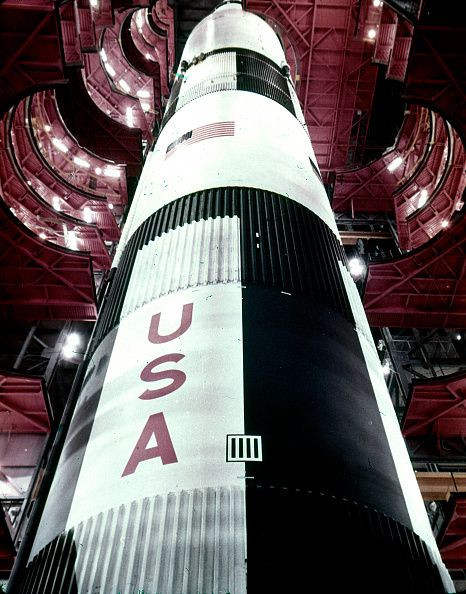NASA Blurs A Portions Of Its Mars Rocket For Top Secret Mission?

NASA may well be on its way to Mars, and recently, it released a series of images of its Space Launch System (SLS) spacecraft. Strangely, some parts of the rocket were blurred.
There is a space race going on, and countries continue to be careful about the kind of information that goes out about their respective technologies beyond Earth’s orbit. The same goes for NASA. According to the space agency, it follows specific protocols and policies when releasing images and possibly sensitive data.
The recent photos of the SLS rocket with some blurred parts fall under this. In a statement to NASA Watch's Keith Cowling, the space agency clarified that NASA and Boeing export control representatives review images released via the NASA website, the media or social sites. Blurring some parts of the photos will ensure that no confidential information gets leaked as specified by an export control representative. Before release, the images will also go through a NASA public affairs officer.
The SLS, which is slated for a test flight this year, was shown in the series of photos released only with a large part of its body obscured and NASA Watch was the first to spot the blurred portions.
According to The Sun, NASA may be blurring the images to hide some top secret technology from rival nations. Other reasons could also include keeping the name of the rocket confidential for now or hiding controversial military technology. NASA did clarify that whoever kept portions of the images blurred was doing it according to the standard procedure. Hardware completion becomes sensitive as it progresses, so NASA export control officers are looking at the photos once again to see if they have sensitive data.
This is not the only mission that NASA is trying to pull off. Recently, its Jet Propulsion Laboratory expressed interest in exploring Neptune's moon, Triton. According to the proponents, studying the icy cold moon may open up possibilities for alien life. With its temperature and activeness, scientists believe it may contain an ocean sustaining alien life.
Louise Prockter, director of the Lunar and Planetary Institute in Houston and the principal investigator of the proposed mission, said that it is now time to do the exploration. They are confident that the agency will approve the proposal given that they will be exploring a distant side of the solar system without incurring billions of dollars of cost.
A spacecraft named Trident will be used for the expedition. Dr. Amanda Hendrix of the Planetary Science Institute in Tucson, Arizona, said that Triton seems to be active and shows signs of an ocean. Studying the moon can open up possibilities for finding life outside Earth.
© Copyright IBTimes 2024. All rights reserved.





















